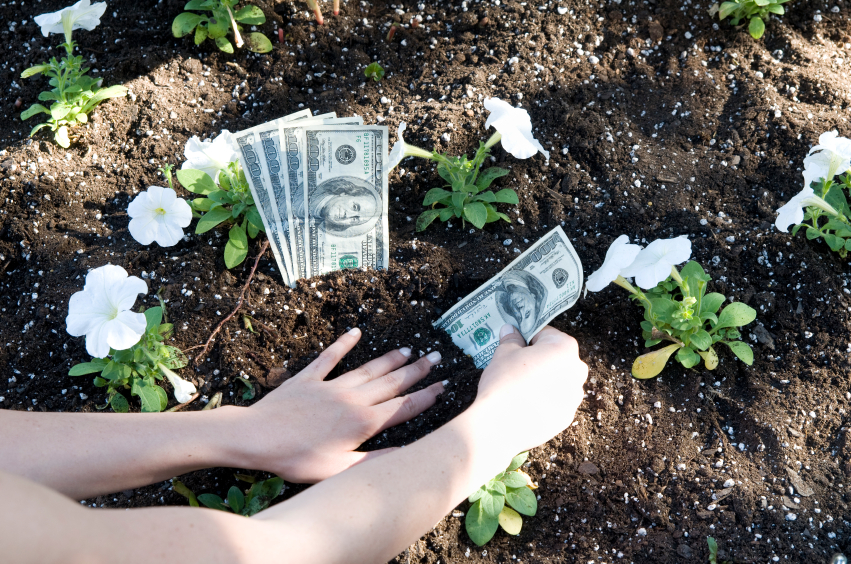
Gardening is fun. It can put food on your table that’s healthy and toxin-free and adorn your yard in beautiful splendor. But, as you may well know, it can be an expensive hobby.
Here are some tips to keep your gardening expenses to a minimum even when you aspire to have a beautiful display of flowers or a bountiful vegetable garden.
1. Make your own compost
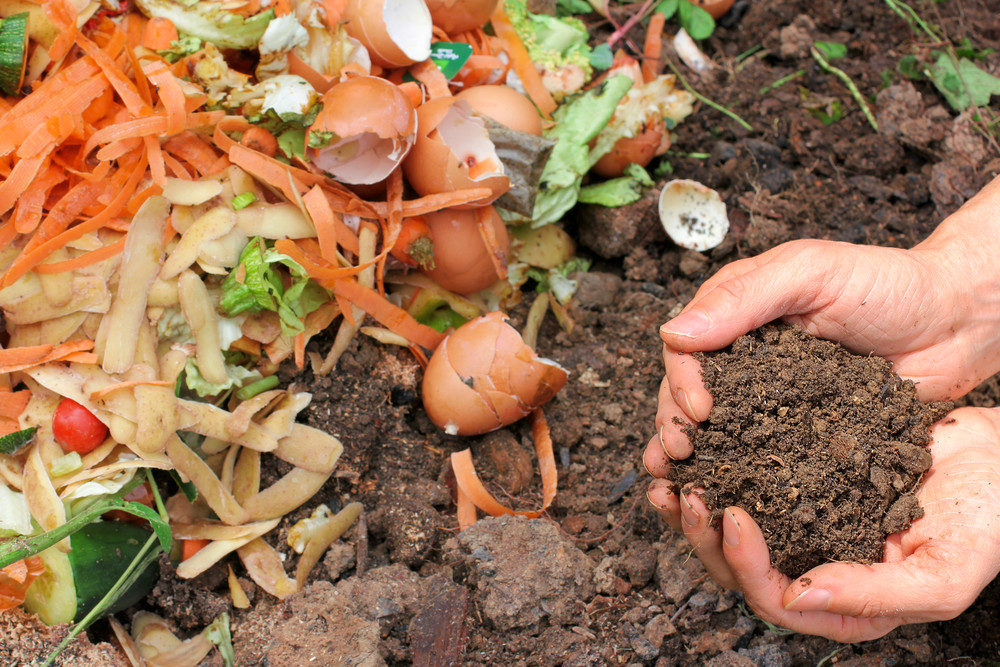
You need good soil for your garden to flourish. Getting the soil tested and amendments done is a standard procedure many people follow. But that can work out to be quite expensive.
A more cost-effective way is to just enrich the soil with lots of good quality compost. It can solve problems like clayey and sandy soil, as well as too much acidity and alkalinity.
Compost generally contains almost all the nutrients plants need, so you get to save on fertilizers too.
You can source good quality compost locally at no great cost, especially if you buy it in bulk by the truckload rather than getting it packaged.
But nothing can match making your own compost right there in your garden. You get to use up all the garden debris and kitchen waste and turn it into black gold.
Compost making is not rocket science. All you need to do is get all the waste together in a heap, keep it slightly wet and allow nature to work its magic.
Microorganisms get to work decomposing the materials while increasing the internal temperature of the heap. It practically sterilizes the compost.
Adding a little garden soil may help accelerate the process.
To make good quality compost, you need to maintain a balance between nitrogen-rich green materials and carbon-rich brown materials.
Things like grass clippings, kitchen waste, weeds you pull up, crops that have done their course, and green leaves make up the green while brown materials include straw, wood chips, coffee grounds, and dried leaves.
If you don’t have enough of either green or brown, you can source them inexpensively or free from neighbors who want to dispose of their lawn trimmings and yard waste and local lumberyards or farms that keep cows, horses, sheep or rabbits.
Read More: Composting 101: How To Make Compost That Works Like Rocket Fuel
2. Make your own planting materials
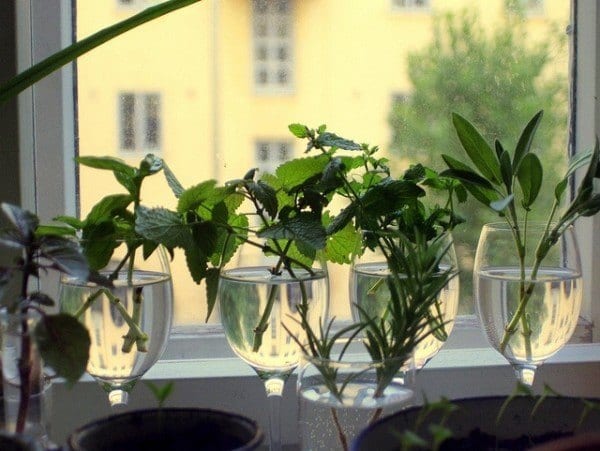
Buying planting materials, seeds, bulbs, or flats, can stretch your wallet.
Your best bet is to buy just a few and then multiply the stock by taking cuttings and saving seeds. You can easily grow many herbs from the ones you get from the market.
Sage, basil, rosemary and mint may take root if you cut 4-inch sections and put them in plain water or wrap the stems in damp tissue paper. Pot them up and take more cuttings.
With the help of some rooting hormone powder, you can successfully propagate roses, hydrangeas, coleus, geranium and many other ornamentals and edibles like black currants and sweet potato from cuttings.
Divisions or tubers and clumps can help you increase asparagus, rhubarb, ginger, chives, potatoes, Jerusalem artichokes, daylilies, irises etc.
The long stems of many climbers like clematis, wisteria, and honeysuckle can be layered to produce more plants. Tip layering plants with flexible canes will multiply your stock of blackberries, loganberries, and gooseberries.
Air-layering is used for those with upright, woody canes such as aralias and dracaenas.
If you have heirloom varieties of vegetables or ornamentals, you can collect their seeds and use them to start new plants.
Unlike hybrids that may not always come true to their parent plant, the open pollinated heirloom plants usually display the characteristics of the mother plant.
Read More: 25 Plants You Can Propagate From Cuttings
3. Exchange planting materials with fellow gardeners
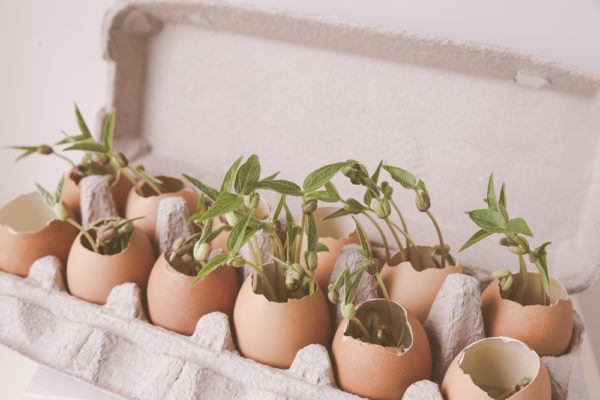
Gardeners are a generous lot, and gladly share their produce and planting materials with fellow gardeners. Just spreading the word that you’re starting a new garden may flood you with offers of seeds, cuttings, and divisions.
If you don’t have a lot of gardening friends, offer some of your stock as a goodwill gesture. Herb cuttings grown in small paper cups make excellent gifts.
Make extra plants for this very purpose. If the recipients don’t want to plant them, they can use it in their kitchen.
Look out for announcements of plant and seed swaps in your area. Seed exchange forums help you offer your seeds to other gardeners and get good deals in return.
Pack your surplus seeds neatly with the name of the plant and cultivar along with the date you collected them before you offer them for exchange.
Visit yard sales in the neighborhood and let them know you’re interested in some of their plants even if they are not on sale. They may offer divisions at a nominal cost or even for free.
People who are moving may be delighted if you offer to give a home for their beloved plants.
4. Recycle materials for seed starting
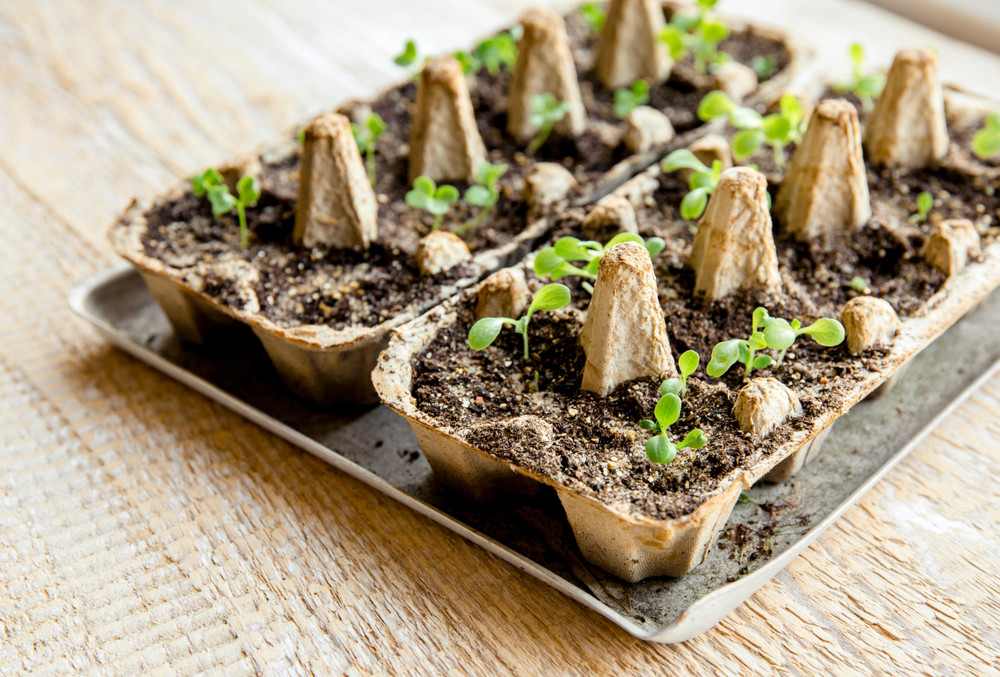
Starting your seeds early gives them a head start and a longer growing season. If you have grow lights and heating pads, things get a lot easier, but this specialized equipment isn’t essential.
Use plastic trays, old wash tubs, paper cups and other found materials in the house as containers. They need not be pretty or durable for housing your seedlings for just a few weeks.
You can make planting cups out of 6-inch wide strips of newspaper.
Wrap it around the bottom part of plastic bottles so that there’s a 2-inch overhang at the bottom. Fold in this overhang flush with the bottom of the bottle and slip it out.
It is not necessary to stick the folded edges together because you’re going to place these biodegradable cups on a tray and fill them up with soil.
A sunny window can serve as your little nursery for seedlings.
Supplemental lighting can be arranged inexpensively by fixing fluorescent tubes or incandescent bulbs. The former gives brighter light but the latter provides extra warmth too.
Keep your seedlings warm by fixing a cover of clear plastic over them. Stretch the plastic sheet over the edges of deep dishes or use chopsticks to prop it up.
You can use bottom halves of plastic water bottles as covers for seedlings in small containers. These covers create a warm and humid environment around the seedlings, which promotes growth.
5. Look out for bargains
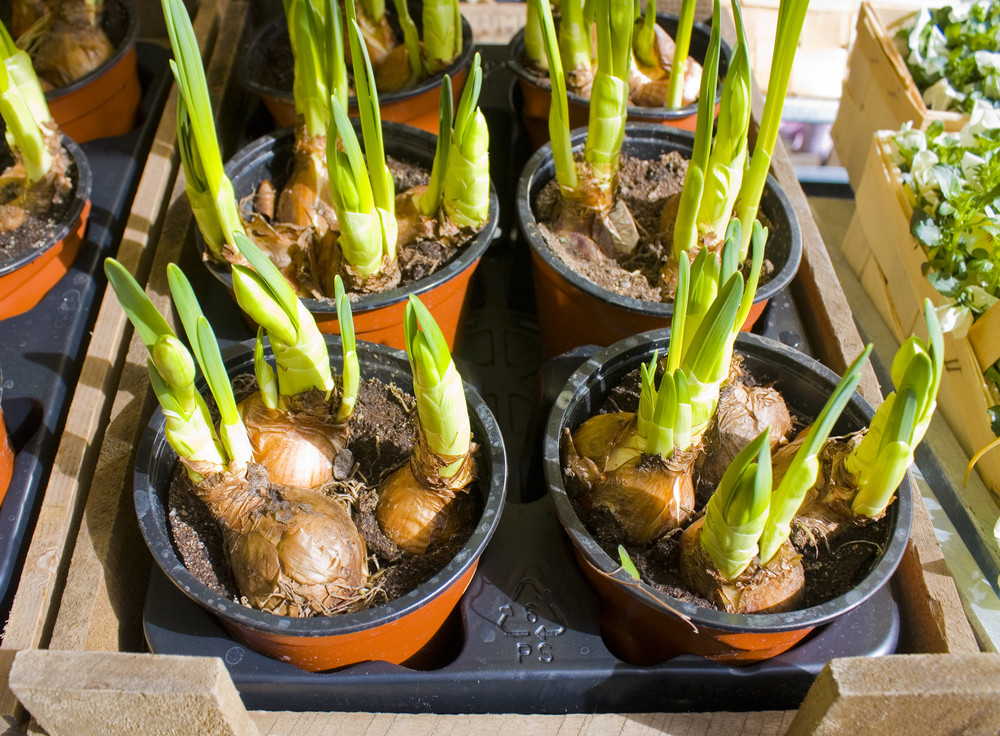
End of season bargains on annuals may not always work out because you miss out on their prime growing and flowering time. However, bulbs and perennials are great buys when they are on sale.
You can plant them out in the garden or in containers and give them all your love for a season and you’ll be rewarded in the next.
A word of caution, though. You should inspect the plants on discounted sales for signs of disease, root damage, and other problems.
You don’t want to bring home a host of new problems with your bargains.
Most of these plants will easily come out of their containers, so you can have a look at their roots. If they seem to be moldy, dry or dark-colored, pass them up.
When buying marked down trees, ensure that they are not hopelessly misshapen or too root bound in their pots that the taproot is in a tangled mess.
You can find bargains on pots and tubs, gardening tools, trellises, ornaments etc., if you regularly check out your local Craigslist and Freecycle in your area.
6. Invest in perennials
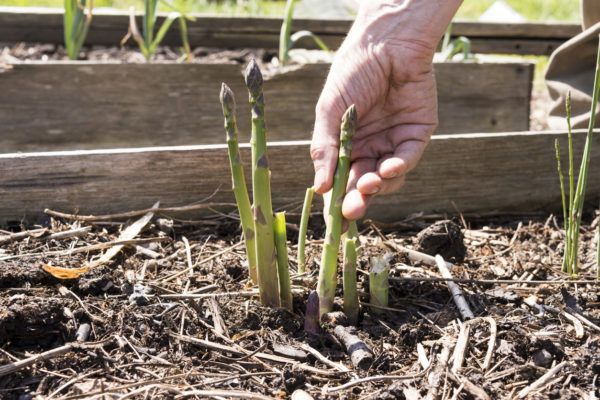
Plant lots of perennials in your garden. Whether you are having an ornamental garden or a vegetable garden, or both, perennial plants form the backbone of a frugal but successful garden.
They faithfully come back year after year, often increasing in size as money in the bank. You save a lot on recurring expenses of seeds and seedlings.
Buy just one or two perennials that you like from a reputable garden center or nursery, and then propagate them by cuttings or divisions. Since they are going to be around for a long time, planting them carefully is important.
They might be small now, but their potential size at maturity should be taken into consideration.
Read More: Plant A Perennial Food Garden: 20 Fruits & Veggies That Will Come Back Year After Year
7. Rainwater harvesting
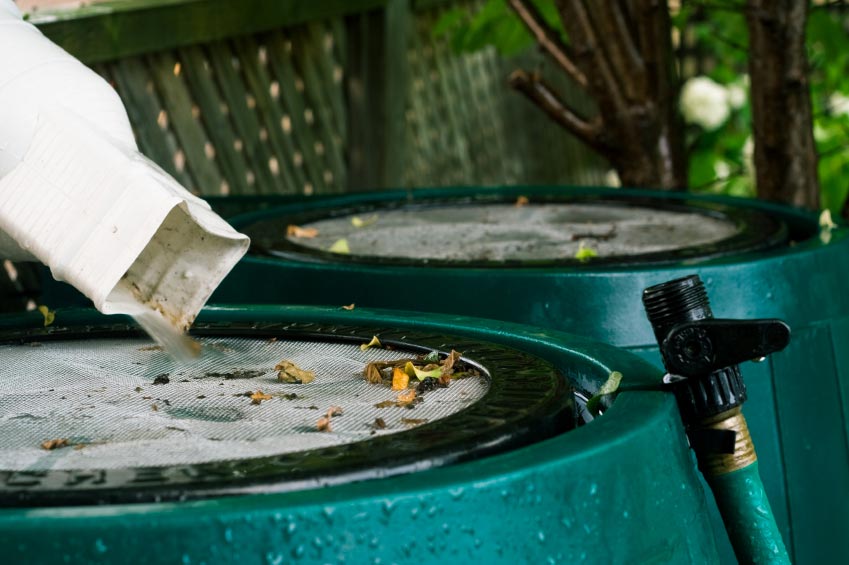
Gardens need watering, especially during the dry months and summer.
If your garden is quite large, it can reflect in your water bills. Avoid this by having some water collection and conservation measures in place.
That way you can reduce your dependency on municipal water supply, which may issue watering restrictions exactly at the time your plants need it most.
Rainwater harvesting and storage can provide you with at least some of the water required for your garden. The simplest way to do it is just placing large tubs out in the garden.
With a bit more effort and expense, you can direct the flow from the gutter and downspout into rain barrels. These large, but compact containers can save on space.
They come with spigots, so they are easy to use. You don’t need to make a large investment at a time since more barrels can be added over time and they can be connected serially to increase your total storage capacity.
If you’re more adventurous, a large, dugout pond in the garden lined with a plastic liner can store a lot of water. Can’t snow be piled into a tub or tank if you anyway have to haul it off the driveway?
Rainwater and meltwater are naturally soft, so they are excellent for gardening.
Conserving water is another way to reduce costs. Drip irrigation that provides water directly to the root zone of plants is the most effective way to minimize water use without any compromises.
It can control weed growth in the garden since they are left out of the loop. However, a drip irrigation system can be expensive to set up, and takes a bit of maintenance.
Soaker hoses do use a bit more of water since they leak water all along their length, but the water is still delivered to the roots of the plants. Hand watering with regular garden hoses can result in a lot of waste, but burying sink pots near the roots of plants will at least facilitate targeted watering.
It is important to water the plants deeply so that most of the water goes straight down into the deeper layers of soil. It reduces water loss from surface evaporation, and the plant roots can access the water for longer periods. This makes frequent watering unnecessary.
8. Buy only the most essential tools
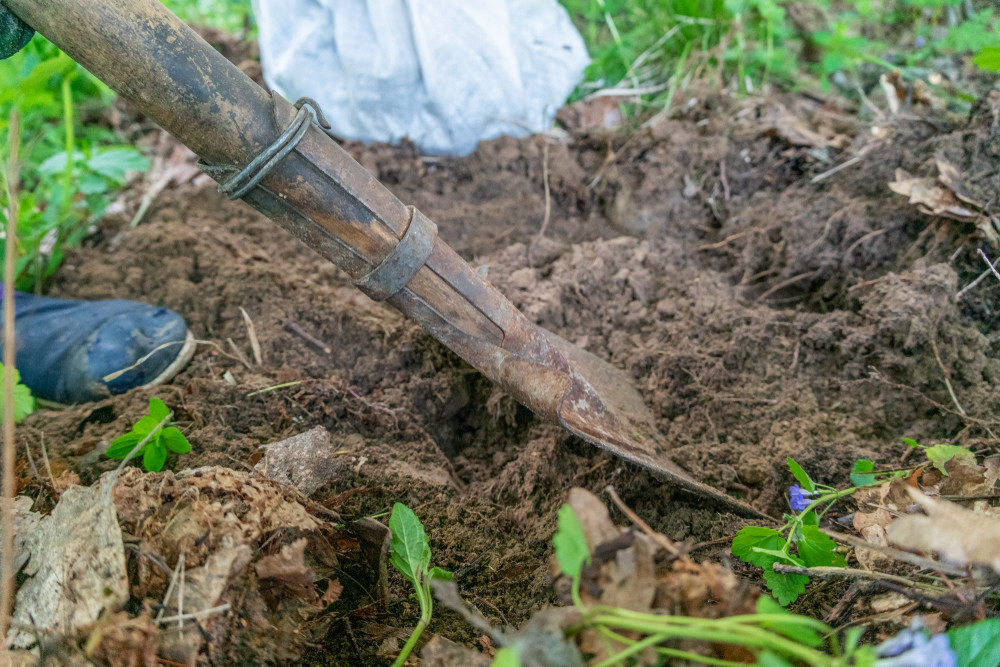
Advertisements of electrical and automated gardening equipment would have you to believe that they are essential for successful gardening.
They may make some jobs easier or help save time, but they don’t do much towards giving you plentiful harvest or making your garden look beautiful. Consider their cost of ownership, running cost and maintenance.
If you’re in dire need of power tools, you probably have the choice of renting them.
Start with only the most essential tools, and keep them in good condition by regular servicing. Some of the most useful tools are also the simplest and cheapest.
They have served generations of gardeners down the years, and there’s no reason why they shouldn’t be good enough for you.
A double hoe cultivator and spade to dig and turn the soil, a rake for gathering leaves and weeds and smoothening the beds, a pair of hedge shear and secateurs, for pruning bushes and harvesting crops, garden hose and watering can help you perform most gardening chores.
A wheelbarrow is quite handy to transport things, but large bucket or tarp can also work.
Read Next: 7 Garden Tools That Are Overrated & 7 That You Desperately Need
9. Stick to organic gardening
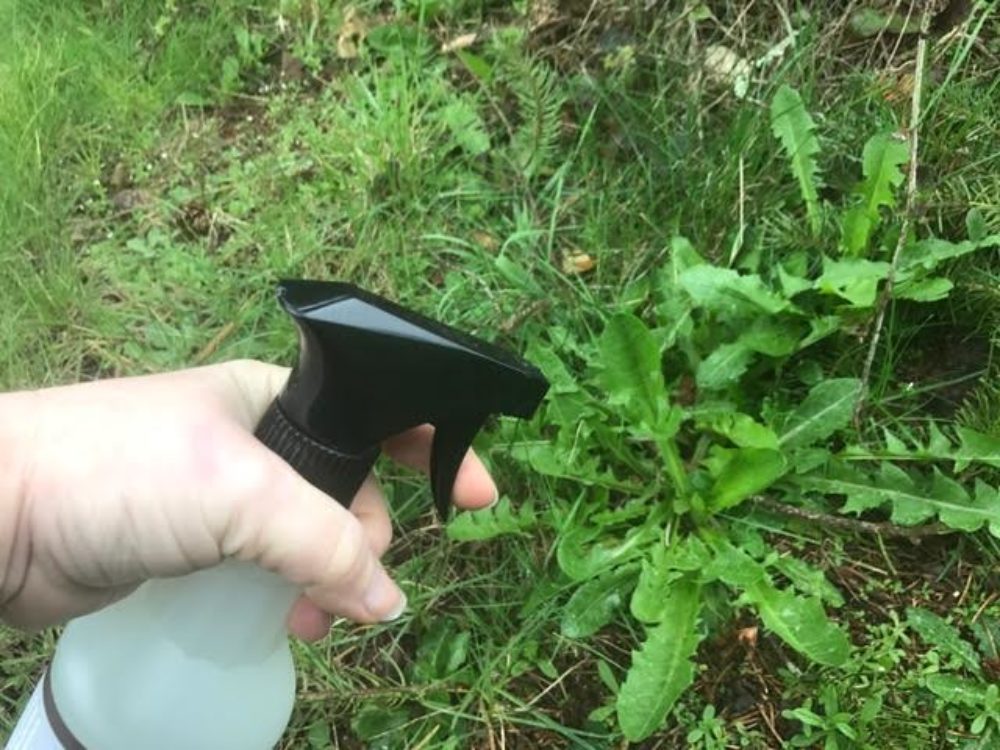
Organic gardening is a must in your vegetable garden because one of the main attractions of growing edibles is that they’re safer than what you get in the shops. Lower cost is just a bonus here.
In the case of ornamental gardens, you can save a lot on soil amendments, fertilizers, insecticides, herbicides and what not, if you stick to organic gardening.
Avoiding chemicals make it safer for pets and kids who may spend a lot of time in the garden. You can jeopardize your own health by working with toxic materials.
Pollinators and beneficial insects would visit your garden more if you keep it free of harmful substances.
Pests and diseases visit any garden, regardless of its organic status. Weeds can be a big problem too. However, there are tried and tested methods to combat these problems as die-hard organic gardeners will vouch for.
Biological control of pests involves inviting their predators into the garden.
Praying mantises, carnivorous wasps and ladybugs are excellent at keeping pest populations under control. Install birdhouses and water features to attract birds to your garden. They can also contribute to pest control.
Detergent and a chili powder mixture, vegetable oil and soap mix, Neem oil etc., can be used for organic control of pests.
Covering the soil with thick mulch helps protect crops from soil pathogens and their spores. Promptly remove diseased plants from the garden to prevent spread.
Many diseases can be avoided or controlled by garlic spray, vinegar, baking powder etc.
